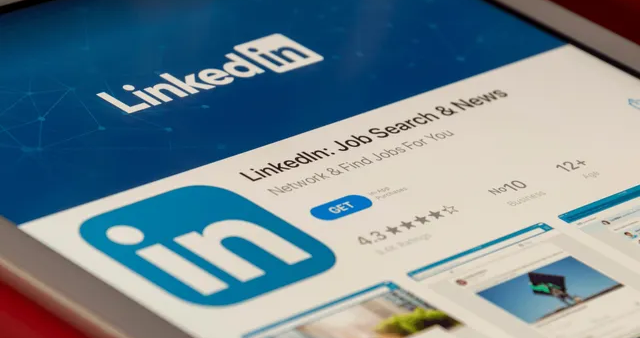10 Ways to make your LinkedIn profile attractive to recruiters

Are you doing all you can on your LinkedIn profile to attract recruiters and potential new employers? If you’re looking for a new job, getting your LinkedIn profile up to speed is a no-brainer, not only to attract potential recruiters but also because you can be sure that recruiters and employers will check out your profile before deciding to schedule an interview with you.
1. Upload a personable profile photo
Make sure your profile photo embodies what you want to say about yourself. There’s a reason at Talenza that we have headshots and fun photos and give our employees the freedom to choose. If you feel like your fun photo embodies more of your professional self, feel free to use it.
2. Add a background image
Make your background image relevant to your role, your company or something that communicates your personal brand or what you’re passionate about. Many employers will supply one for you, or take a look on the intranet.
3. Make your headline more than just your job title
Your headline should explain how you see your role and why you do what you do. But your headline is also searchable (in Google and in LinkedIn search), which means you want to be adding relevant keywords that help your profile get found! What will a recruiter be typing into search to find a person with your skills? Make sure you add these words. For example, Data Storyteller, or Conversation Designer Making Chatbots Sound Human.
4. Turn your professional summary (bio) into a story about you
First, make sure your LinkedIn summary includes keywords that a recruiter will search for when looking for someone with your skills or experience. Tell a bit of your story and how you got here (don’t just list your skills!). Explain why your skills will make a difference to a company and the people you work with. Once you've written your bio, read it out loud to make sure it's conversational and incorporates your tone of voice (don’t write in the third person as it can be jarring).
5. Steer clear of buzzwords
Write as if you were speaking to someone face-to-face. Be real. Words like innovative, dynamic, specialised, leadership, can all be dumped in the trash. Make sure that whatever you say, you can visualise in your head. For example, a ‘dynamic and innovative data recruitment leader’ doesn’t paint a picture, but “Data and BI Recruiter | DEIB Advocate” tells a lot more.
It's not to say you can’t describe yourself as these things; but using vague buzzwords won’t make an impact on people or convince them that you possess these qualities. This is where you can use the rest of your profile to demonstrate your strengths and attributes.
6. List your skills
Want to be found without breaking a sweat? Scroll through LinkedIn’s list of skills and highlight those that are relevant to you. Bonus points for listing the skills you’re using as your keywords to get you found in search. LinkedIn will even automatically prompt people in your network who visit your profile to endorse you for your listed skills, so make sure you order them in priority of what you want to be known for.
7. Highlight the services you offer
Services is a new LinkedIn feature for consultants, freelancers and creatives to list their range of services and speciality, and can boost your visibility in search results.
8. Feature a LinkedIn post you created or are featured in
Actively publishing content on LinkedIn? Whether it’s a post, pulse or event, you can add your high-value content to your Features section to grab attention. This allows you to highlight certain posts and add links to external websites, images, or documents. Long form content especially will help you establish your willingness and authority as a subject matter expert which can set you apart from other candidates.
9. Check your Social Selling Index (SSI) score
The LinkedIn Social Selling Index quantifies your LinkedIn profile strength. LinkedIn says that a high SSI score generates 45% more opportunities compared to users with lower SSI scores. It ranges from one to 100 and is weighted equally on four factors:
- Your professional brand: how you post content and establish yourself as a thought leader.
- Connections with relevant LinkedIn users: how you find the right people on LinkedIn to connect with.
- Engagement with insights: how you interact with groups and LinkedIn content.
- Relationship building: how you connect with more contacts that will lead to new opportunities.
Even if your score is low - your results will give you a clear idea of the steps you can take to give your profile a boost.
10. Build your network and ask for recommendations
Recommendations are important to add because they build credibility and can give your LinkedIn profile a social proof boost. The LinkedIn recommendations tool allows you to ask for references directly from people you've worked with in the past.
Learn about how to build your personal brand on LinkedIn by reading this article - Building a personal brand on LinkedIn.